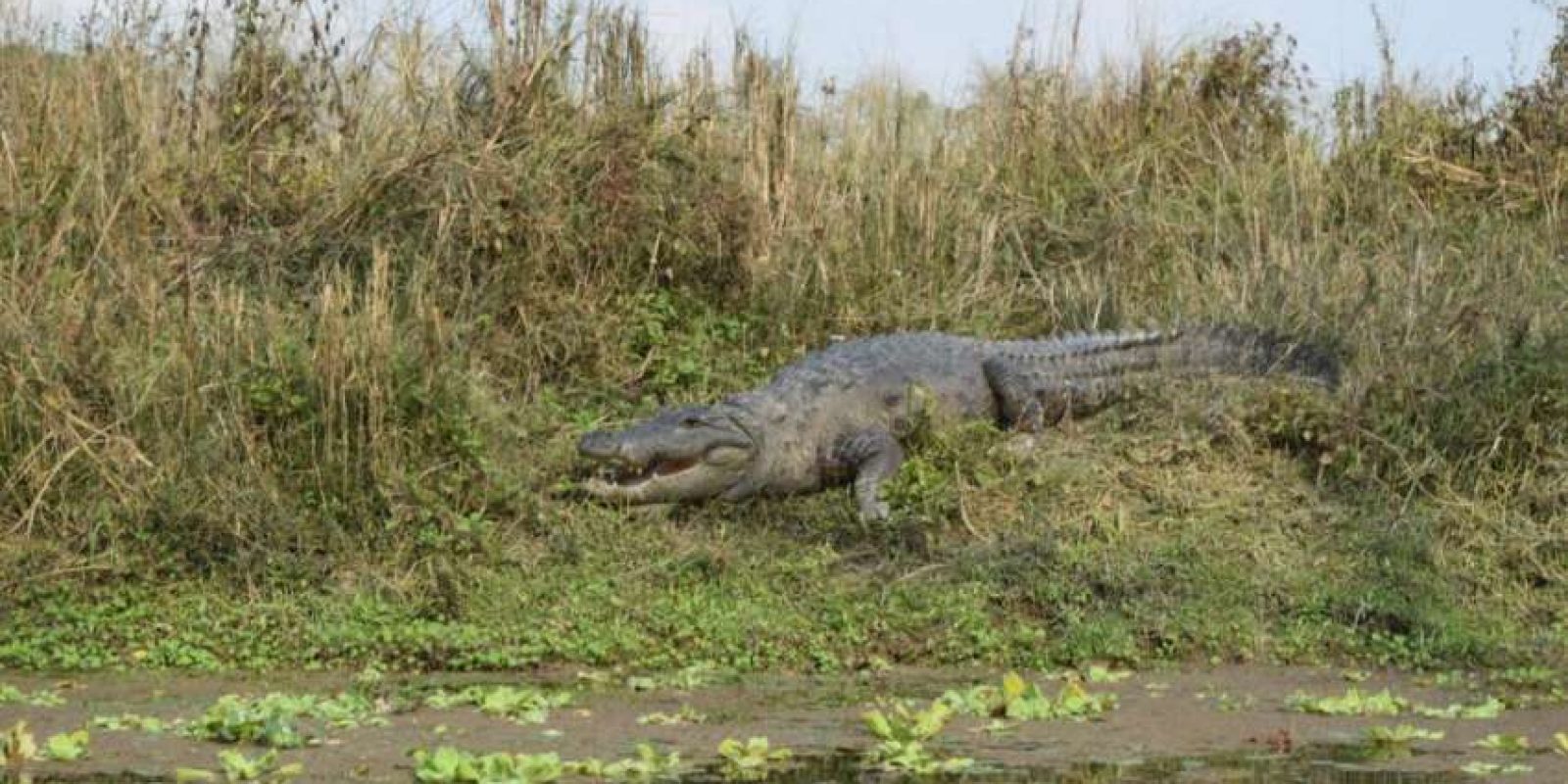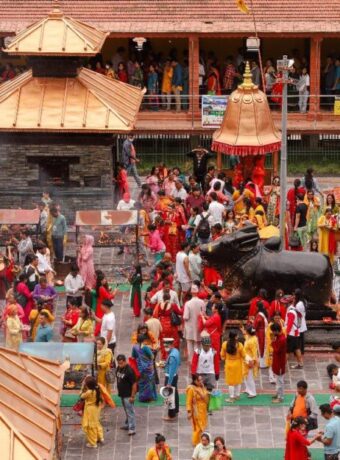Chitwan National Park

Chitwan National Park (Nepali: चितवन राष्ट्रिय निकुञ्ज; formerly Royal Chitwan National Park) is the first national park in Nepal. It was established in 1973 and granted the status of a World Heritage Site in 1984. It covers an area of 932 km2 (360 sq mi) and is located in the subtropical Inner Terai lowlands of south-central Nepal in the districts of Nawalparasi,Parsa, Chitwan and Makwanpur.
Chitwan National Park is one of Nepal’s most popular tourist destinations. There are two main entrances to visit the Chitwan National Park: the tourist town of Sauraha in the east and the tranquil Tharu settlement of Meghauli Village in the west.
Sauraha is a well-known spot for package tourists and offers a choice of hundreds of hotels, lodges, restaurants and agencies. Meghauli has recently open as a tourist destination with the creation of the Tharu Homestay Program to promote the village tourism in the area, offering a more authentic and intimate jungle experience. Both destinations can be reached from Narayangarh in less than two hours.
Chitwan has a tropical monsoon climate with high humidity all through the year.
The typical vegetation of the Inner Terai is Himalayan subtropical broadleaf forests with predominantly sal trees covering about 70% of the national park area. Terai-Duar savanna and grasslands cover about 20% of the park’s area.
The wide range of vegetation types in the Chitwan National Park is haunt of more than 700 species of wildlife and a not yet fully surveyed number of butterfly, moth and insect species. Apart from king cobra and rock python, 17 other species of snakes, starred tortoise and monitor lizards occur. The Narayani-Rapti river system, their small tributaries and myriads of oxbow lakes is habitat for 113 recorded species of fish and mugger crocodiles. In the early 1950s, about 235 gharials occurred in the Narayani River.
The Chitwan National Park is home to at least 43 species of mammals. The "king of the jungle" is the Bengal tiger. Leopards are most prevalent on the peripheries of the park. They co-exist with tigers.Chitwan is considered to have the highest population density of sloth bears with an estimated 200 to 250 individuals. Smooth-coated otters inhabit the numerous creeks and rivulets. Bengal foxes, spotted linsangs and honey badgers roam the jungle for prey. Chitwan has the largest population of Indian rhinoceros in Nepal.Apart from numerous wild boars also sambar deer, red muntjac, hog deer and herds of chital inhabit the park. Four-horned antelopes reside predominantly in the hills. Rhesus monkeys, hanuman langurs, Indian pangolins, Indian porcupines, several species of flying squirrels, black-naped hares and endangered hispid hares are also present.
In 2006 they recorded 543 species in the Chitwan National Park, much more than in any other protected area in Nepal and about two-thirds of Nepal's globally threatened species. Additionally, 20 black-chinned yuhina, a pair of Gould's sunbird, a pair of blossom-headed parakeet and one slaty-breasted rail, an uncommon winter visitor, were sighted in spring 2008.Apart from the resident birds about 160 migrating and vagrant species arrive in Chitwan in autumn from northern latitudes to spend the winter here, among them the greater spotted eagle, eastern imperial eagle and Pallas's fish-eagle. Common sightings include brahminy ducks and goosanders. Large flocks of bar-headed geese just rest for a few days in February on their way north.
As soon as the winter visitors have left in spring, the summer visitors arrive from southern latitudes. The calls of cuckoos herald the start of spring. The colourful Bengal pittas and several sunbird species are common breeding visitors during monsoon. Among the many flycatcher species the paradise flycatcher with his long undulating tail in flight is a spectacular sight.
Images: nepalontheweb.com
Text: Wikipedia



